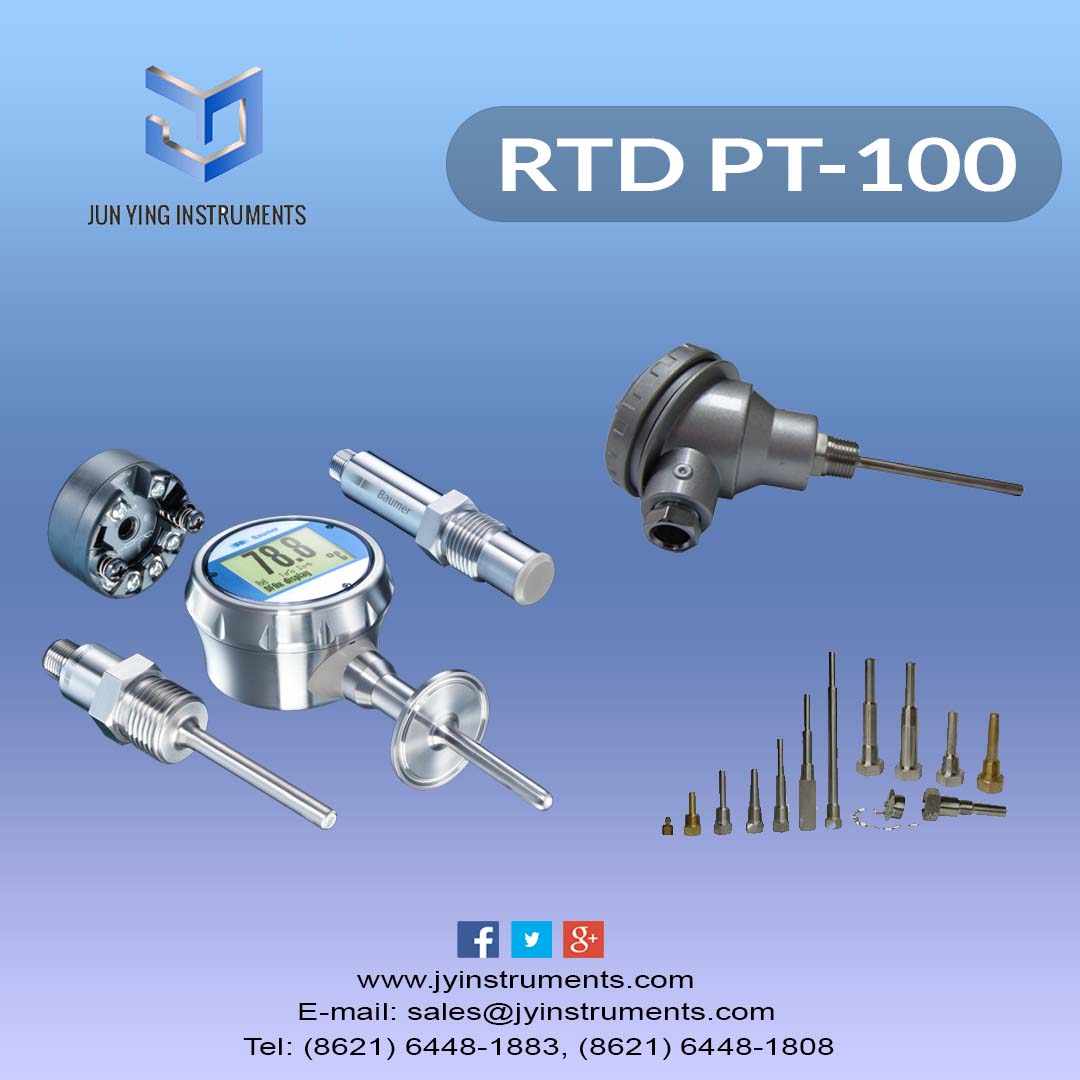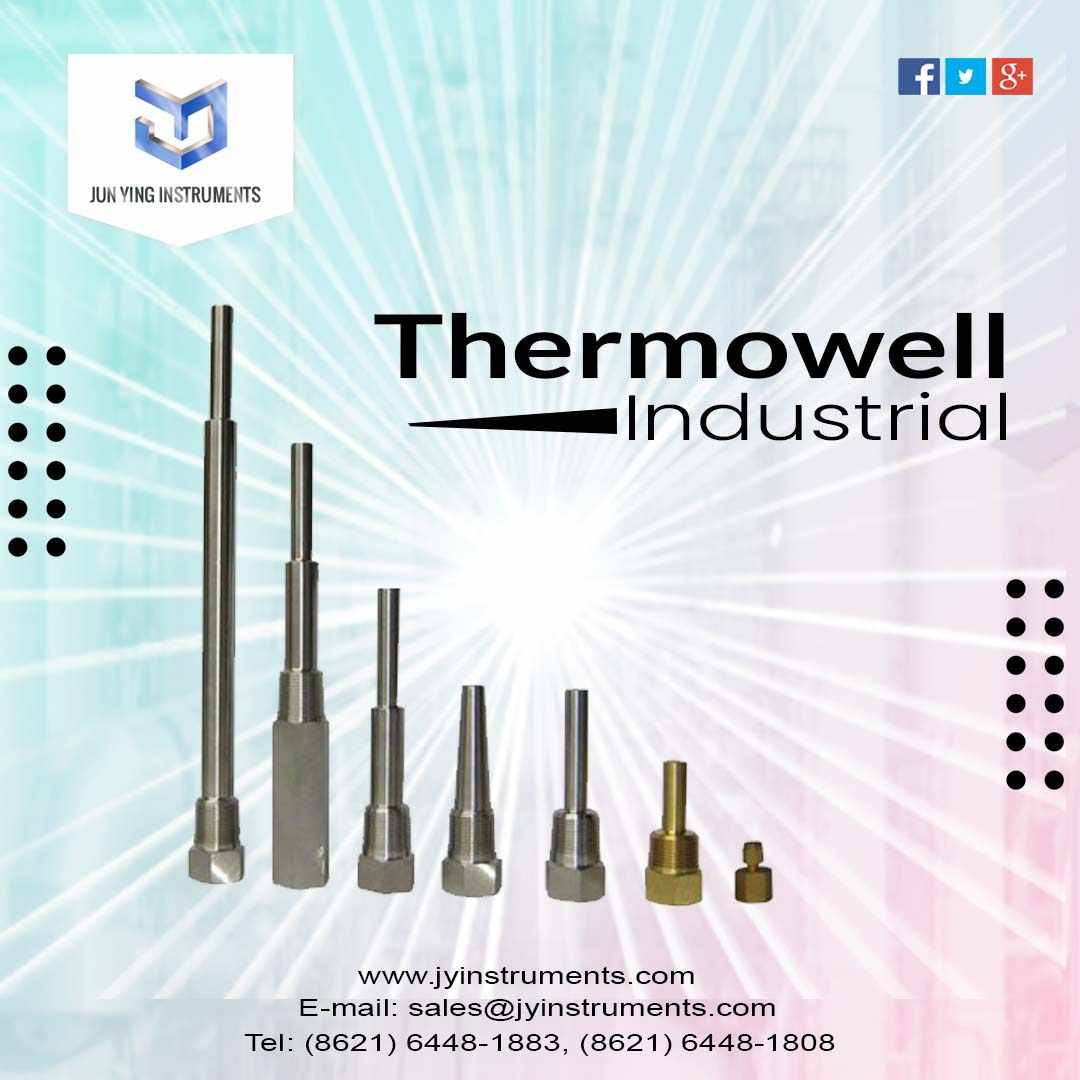
In many industrial and commercial settings, precise pressure monitoring is crucial for both safety and performance. Whether you're managing a manufacturing line, HVAC system, hydraulic unit, or laboratory equipment, a panel mounted pressure gauge plays an essential role in ensuring optimal operation.
This guide explores how to choose the right panel mounted pressure gauge, covering key considerations such as application type, pressure range, material compatibility, mounting options, and environmental factors.
What is a Panel Mounted Pressure Gauge?
A panel mounted pressure gauge & low pressure gauge is a type of pressure-measuring instrument designed to be installed directly into a control panel or instrumentation board. It provides real-time pressure readings of gases or liquids, allowing operators to monitor system performance easily from a centralized interface.
Unlike portable or inline gauges, panel mounted gauges are typically fixed in place, offering a neat, organized, and easily accessible solution for constant monitoring.
Why Use a Panel Mounted Gauge?
Panel mounting is preferred in situations where space efficiency, visibility, and integrated design are priorities. These gauges:
Provide a clean, professional look.
Offer centralized monitoring of multiple parameters.
Help reduce clutter in control rooms.
Allow secure and tamper-resistant installation.
They are commonly found in industries such as:
Oil and gas
Water treatment
Chemical processing
Medical and laboratory equipment
Manufacturing and automation systems
Key Factors to Consider When Choosing a Panel Mounted Pressure Gauge
Choosing the right gauge is not a one-size-fits-all decision. Below are the most important factors to evaluate:
1. Application Requirements
Start by defining where and how the gauge will be used. Questions to ask include:
Is it for liquid or gas?
What type of system or process will it monitor?
Is it a static or dynamic pressure system?
Are pressure spikes or vibrations expected?
Understanding your application helps narrow down the type of gauge, sanitary gauge whether mechanical (analog) or digital, and the required durability.
2. Pressure Range
Selecting the correct pressure range is crucial for both accuracy and longevity.
Too Low: The gauge may over-range and fail quickly.
Too High: You may lose accuracy due to poor resolution.
A good rule of thumb is to choose a gauge where the normal operating pressure is in the middle 50–75% of the full-scale range. This maximizes precision and ensures long-term reliability.
3. Accuracy Requirements
Different applications demand different levels of accuracy. General-use gauges may have an accuracy rating of ±2-3% of full scale, which is fine for non-critical systems. However, laboratory or calibration environments may require gauges with ±0.25% or better.
Check the gauge’s accuracy class (usually indicated on the dial or datasheet) and align it with your system’s needs.
4. Dial Size and Visibility
Panel mounted gauges are often used in places where quick and easy reading is essential. Consider the following:
Dial diameter: Common sizes include 1.5", 2", 2.5", 4", or even 6".
Units of measurement: Choose PSI, bar, kPa, or dual-scale units depending on your regional standards.
Color coding: Some gauges offer colored ranges for safe, caution, and danger zones.
Larger dials provide better readability, especially in dimly lit or fast-paced environments.
5. Mounting Configuration
Panel mounted gauges are designed for secure installation using one of the following:
Front flange: The gauge is mounted from the front of the panel and secured using screws or bolts through the flange.
Back flange: The gauge mounts from behind the panel, providing a flush appearance.
U-clamp or bracket mounting: Common for circular cutouts, allowing the gauge to snap or bolt into place.
Make sure your panel has the appropriate cutout size and mounting support for the gauge type you select.
6. Connection Type and Location
The connection point (where the gauge interfaces with the pressure source) is another important consideration:
Bottom connection: Typically used with upright mounting.
Back connection: Preferred for flush panel mounting.
Thread size and type: Common thread types include NPT (National Pipe Thread), BSP (British Standard Pipe), and metric options.
Ensure compatibility between the gauge connection and your system’s pressure port to avoid leaks or the need for adapters.
7. Material and Media Compatibility
The internal wetted parts (those that come into contact with the process fluid) must be compatible with the media being measured.
Brass: Suitable for air, water, and non-corrosive fluids.
Stainless steel: Ideal for corrosive or high-temperature media.
Teflon-coated internals or diaphragm seals: Used for aggressive chemicals or sanitary applications.
Choosing the right material ensures both gauge longevity and safety.
8. Environmental Considerations
The operating environment plays a key role in gauge selection:
Temperature range: Ensure the gauge can operate effectively at your site’s ambient and process temperatures.
Vibration and shock: Look for liquid-filled gauges or those with internal dampening to resist needle jitter.
Ingress protection (IP) rating: For outdoor or dusty environments, choose gauges with higher IP ratings.
UV exposure: Gauges used outdoors should have UV-resistant dials and cases.
Failure to consider environmental conditions can lead to premature wear or inaccurate readings.
9. Mechanical vs. Digital
Mechanical gauges: Cost-effective, reliable, and easy to read at a glance. No power source required.
Digital gauges: Offer higher accuracy, programmable alarms, and data output features. Best for complex systems requiring integration with other equipment.
Choose based on your needs for simplicity, precision, or system integration.
10. Maintenance and Calibration
Consider how easy it is to access and recalibrate the gauge. Features such as removable bezels, external calibration screws, and modular construction can make servicing more straightforward.
Regular calibration ensures continued accuracy, especially in regulated industries.
Conclusion
Selecting the right panel mounted pressure gauge involves a careful assessment of your system's needs, environmental factors, and performance expectations. By considering all the points above—such as pressure range, accuracy, mounting type, and media compatibility—you can ensure that your gauge will perform reliably, safely, and efficiently over the long term.
Whether you are outfitting a new control panel or upgrading an existing system, taking the time to choose the right pressure gauge can help prevent costly errors, enhance operational efficiency, and provide peace of mind.
Read Also: Bimetal Thermometer vs Digital: What to Know











Write a comment ...